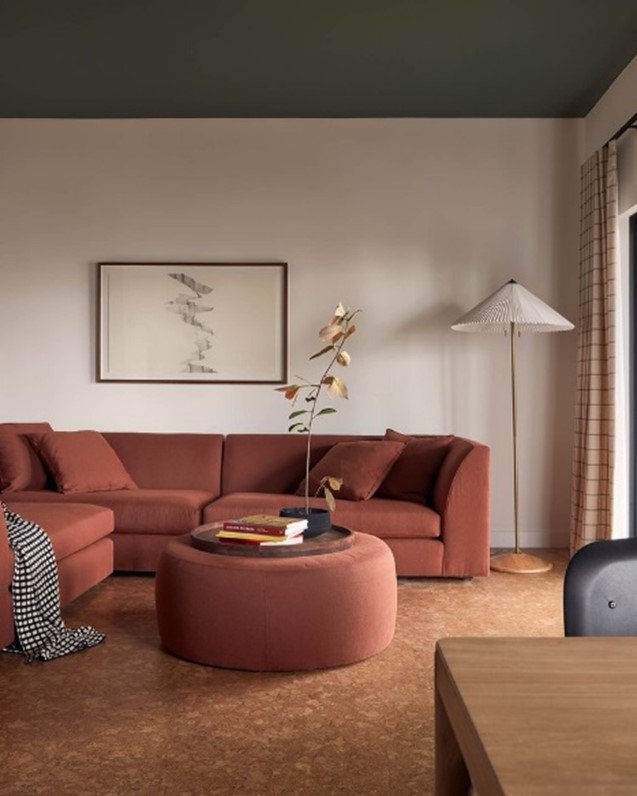Mindful Material Selection
I remember the excitement and anticipation I felt prior to attending my first sustainable materials lecture in design school. In my mind there would be a list of sustainable materials that would help guide me on my design journey. I was deflated after our first few lectures, when I realized it’s a bit more complicated. The industry has made strides, but I learned all materials and products have their pros and cons and it is up to us – designers, architects, contractors and end users - to do the research and stay informed.
As an interior designer, I understand why we avoid the topic of sustainability – our industry can be incredibly wasteful, and we are driven by aesthetic. It is easier to achieve a certain aesthetic when we do not concern ourselves with how a material was manufactured or where it is going at the end of its intended use. But just as we expect experts in other professions to do their research before advising us, designers can do the same for our clients and the environment. One meaningful way we can begin to make this shift is to start with thoughtful material sourcing.
Materials With Long-Term Value – Materials with long-term value are selections such as hardwood floors over luxury vinyl plank flooring (LVP or LVT), built-ins made with real wood rather than particle board, and quality upholstered furniture. Material selections are an investment that should not require replacing in your lifetime. Hardwood floors can be sanded, refinished, and reused well beyond our lifetime. Solid wood will not deteriorate; a quality sofa can be passed down for generations, only needing reupholstering. With time, these kinds of materials develop patina and add character to our interiors. Aside from their aging beauty, their longevity means that we are putting less in our landfills. Materials that lack long-term value may look good initially but are not likely to last as long as we need or want them to, resulting in more spending and more waste.
Many of us may feel like we cannot afford the long-term value option, however there are cost-effective options that will provide you with long-term value. With a little product research and willingness to diverge from what is currently trending (remember grey faux wood vinyl plank?), you can find better alternatives.
Pictured below are the original fir floors in a 1924 ranch home. Nearly 100 years later, they were given new life with sanding and refinishing, bringing warmth and character to the space.
Images courtesy of Atrium Interior Design
Think circular – Nothing lasts forever, so one tool mindful designers have is to “think circular”. When sourcing products and materials, we can consider what happens to it at the end of its intended use. Can it be recycled? Can it be reused in a different application? Is it biodegradable? To support this, there are third party resources we can lean into such as Cradle-to-Cradle certification.
Photo courtesy of Form and Field Interior Design. The cork flooring in this interior is a reminder that sustainable materials can play a significant role in creating beautiful designs.
Look For Declare labels and Red List Free Materials – Researching materials can be incredibly challenging and time consuming and very few of us are truly experts. Fortunately, additional resources available to us are programs like Declare Labels and The Red List provided through the International Living Future Institute (don’t let that title intimidate you!). The Red List is a list of hazardous chemicals that are used in our everyday building materials. Every product in the Declare database has a Declare Label that informs consumers of the product’s compliance with The Red List chemicals. Specifying materials that we have found through the Declare database means that we are sourcing healthier building products. The Red List is also gaining traction outside of the Declare database. Material Bank now has a collection called “Declare Label, Red List Free Textiles”.
Photo courtesy of Crossville. Their Retro Active 2.0 tile line can be found on the Declare list for its Red List Free content and their recognition for sustainability. This tile is widely available, cost effective and comes in several different sizes and colorways.
The good news is we CAN design beautiful spaces that are healthier for humans and the environment. We may not have the ability to choose the most sustainable option every time, but being mindful of the tools and resources we have available can keep us moving in the right direction.




